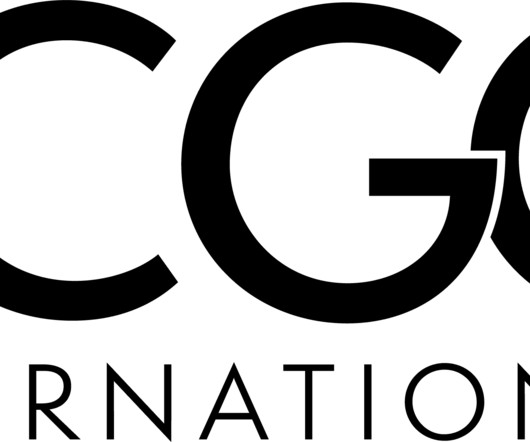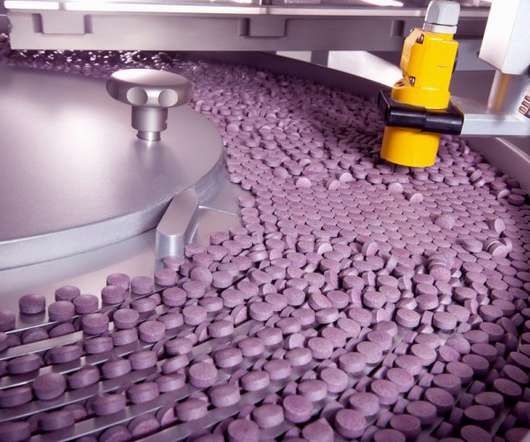Advancements in Biopharma Spur Innovation
PharmTech
JUNE 10, 2025
The global biopharma industry is expected to increase at a compound annual growth rate of 8.97% from 2025 to 2030; this growth is suspected to result from a demand for targeted therapies, new alliances, and increased innovation (1).














Let's personalize your content